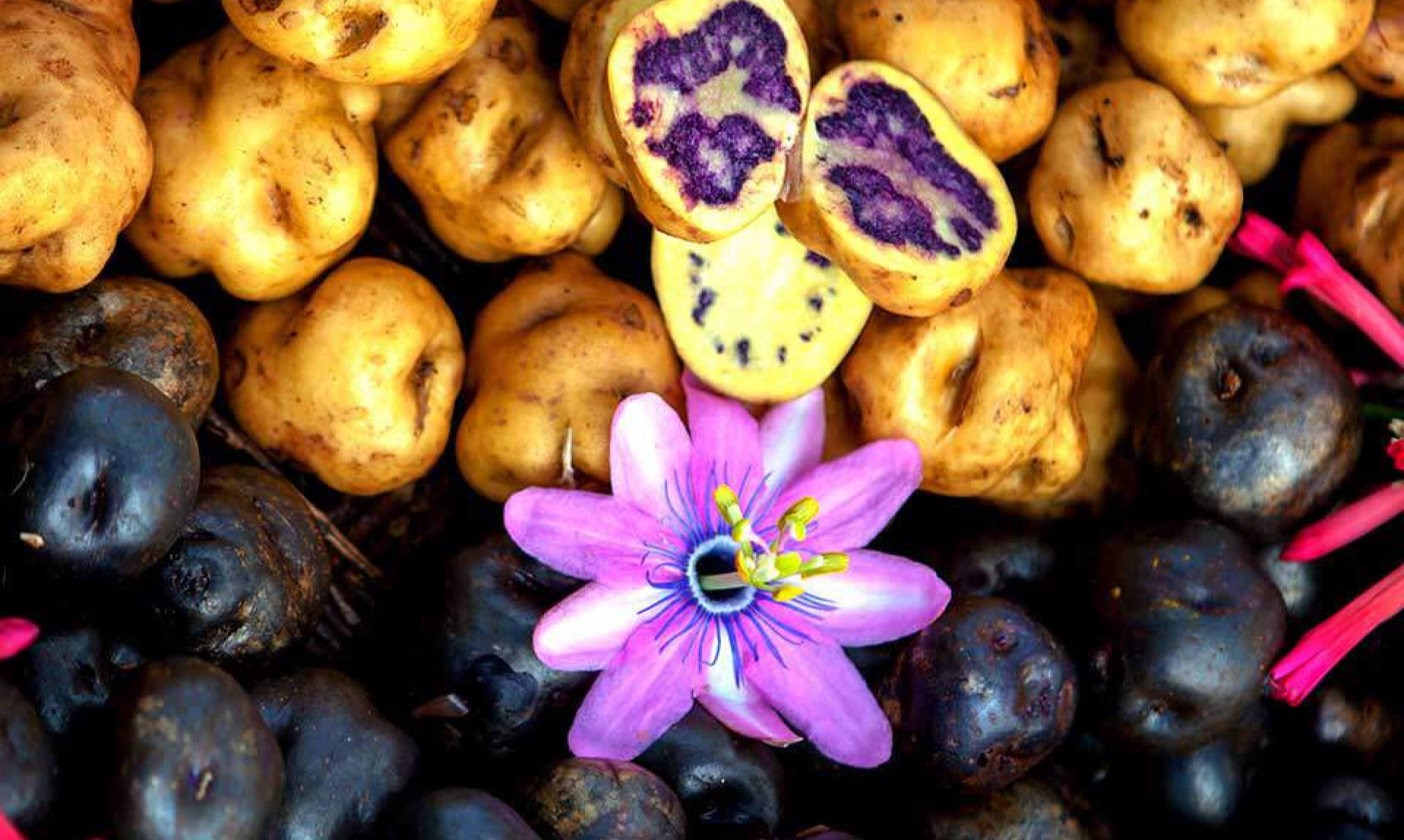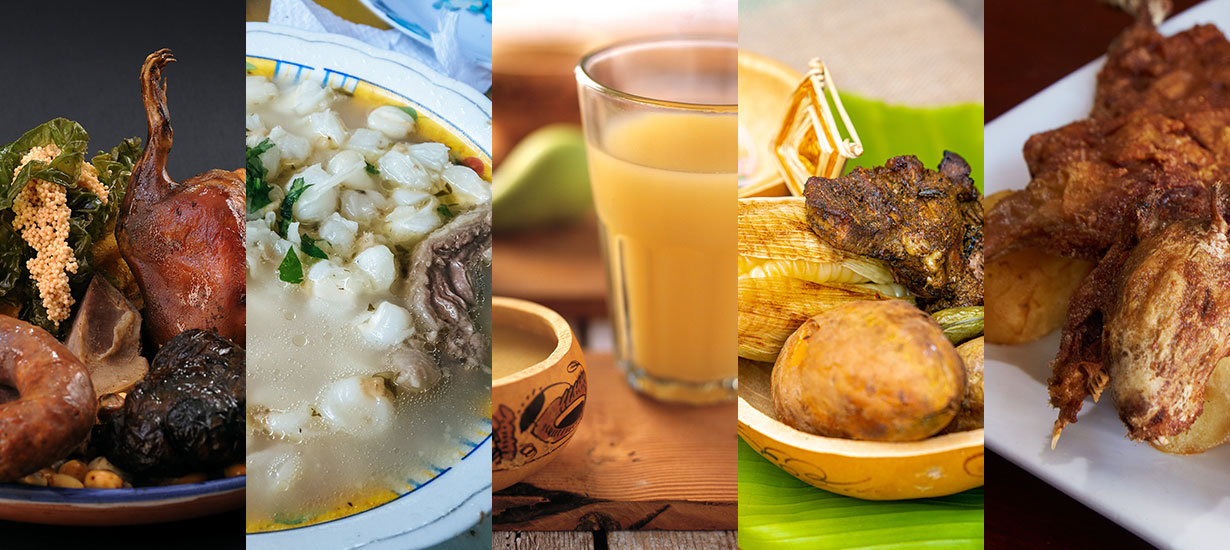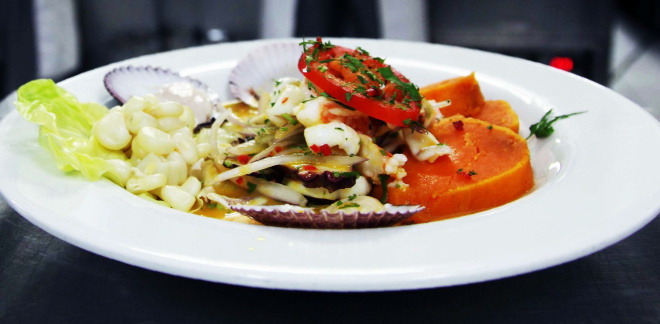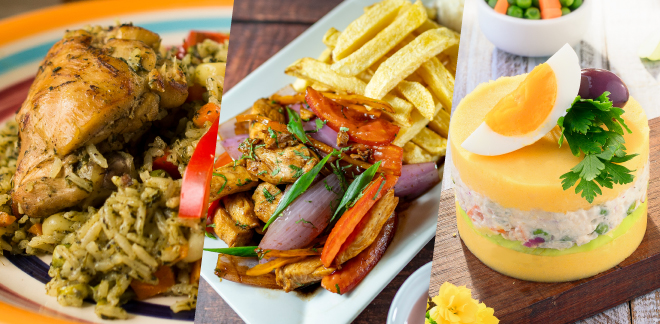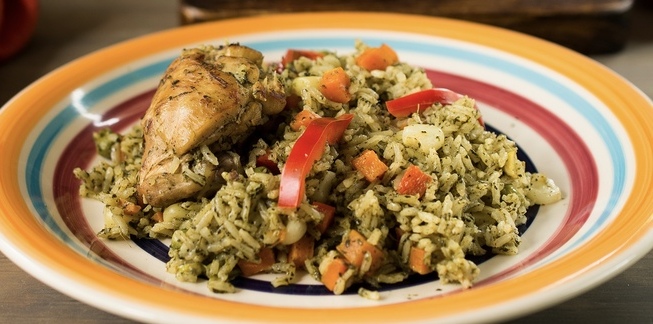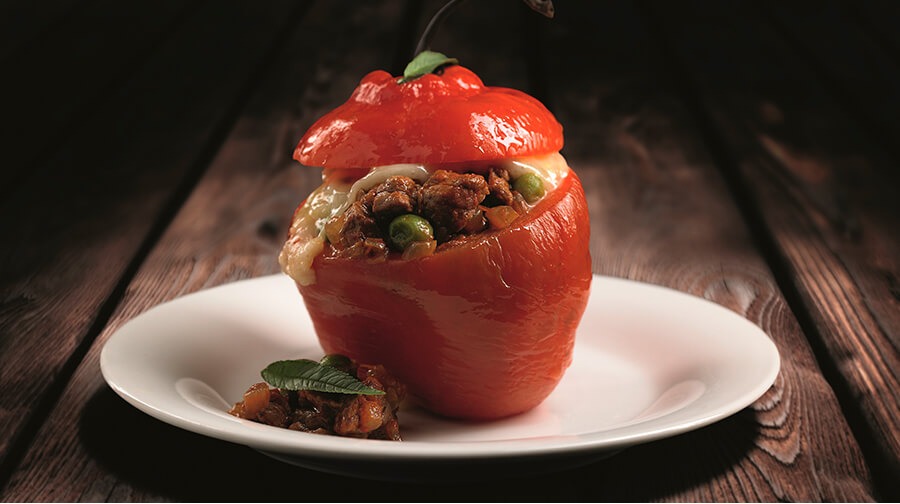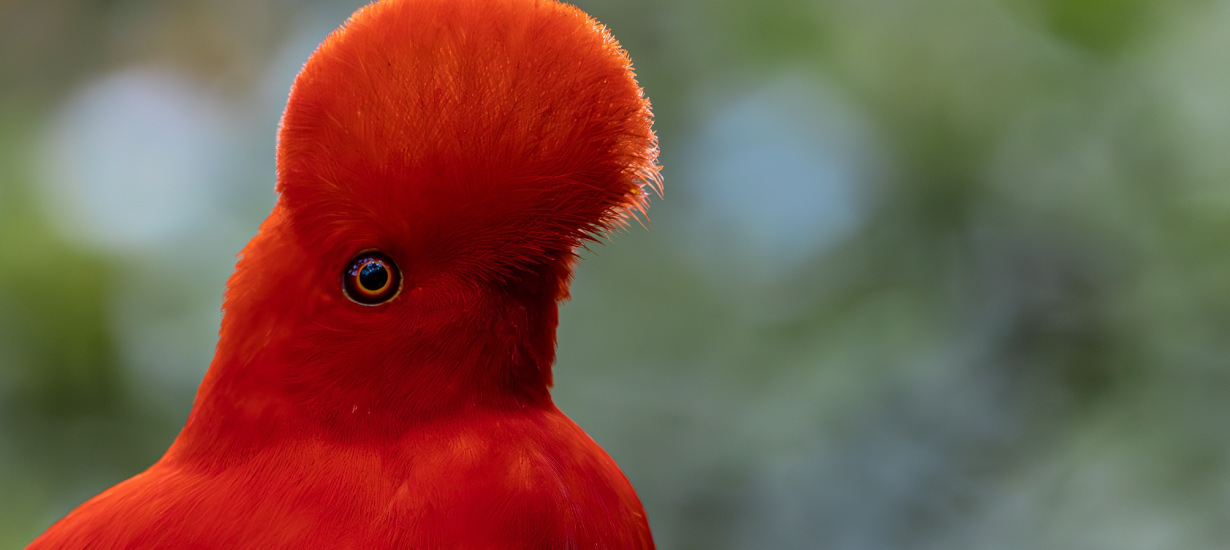5 Andean recipes that you cannot miss
Síguenos en:Google News
The cuisine of the highlands carries a rich culinary heritage and reflects the cultural identity of the Peruvian Andes today.
The cuisine of our highlands is one of the richest and oldest in the Americas. Its roots trace back to pre-Inka times when Andean communities domesticated crops like potatoes, corn, and quinoa, developing recipes that have stood the test of time. Highland cooking is distinguished by its use of native ingredients and ancestral techniques, such as underground cooking, fermentation, and hearty stews that provide the energy needed to endure the Peruvian Andes' cold climate.
Here are five recipes that capture the essence of Peruvian highland cuisine.
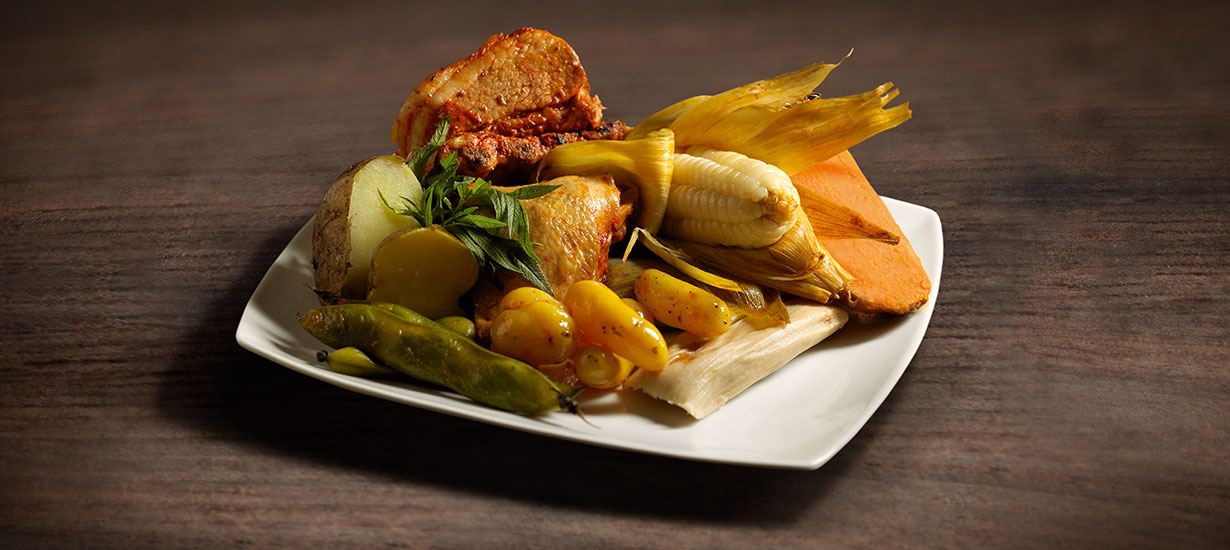 Pachamanca/ Source: PROMPERÚ
Pachamanca/ Source: PROMPERÚ
1. Pachamanca: The Andean feast
Pachamanca is an iconic dish of the Andes, its name in Quechua meaning "earth pot." It is prepared by slow-cooking meats—such as chicken, beef, pork, and lamb—along with potatoes, beans, and sweet potatoes in an underground oven heated with hot stones. This slow, enclosed cooking process allows the food to absorb the rich aromas of Andean herbs like chincho and huacatay. Dating back to Inka times, Pachamanca is more than just a cooking technique; it is a communal ritual where food is shared with family and the entire community.
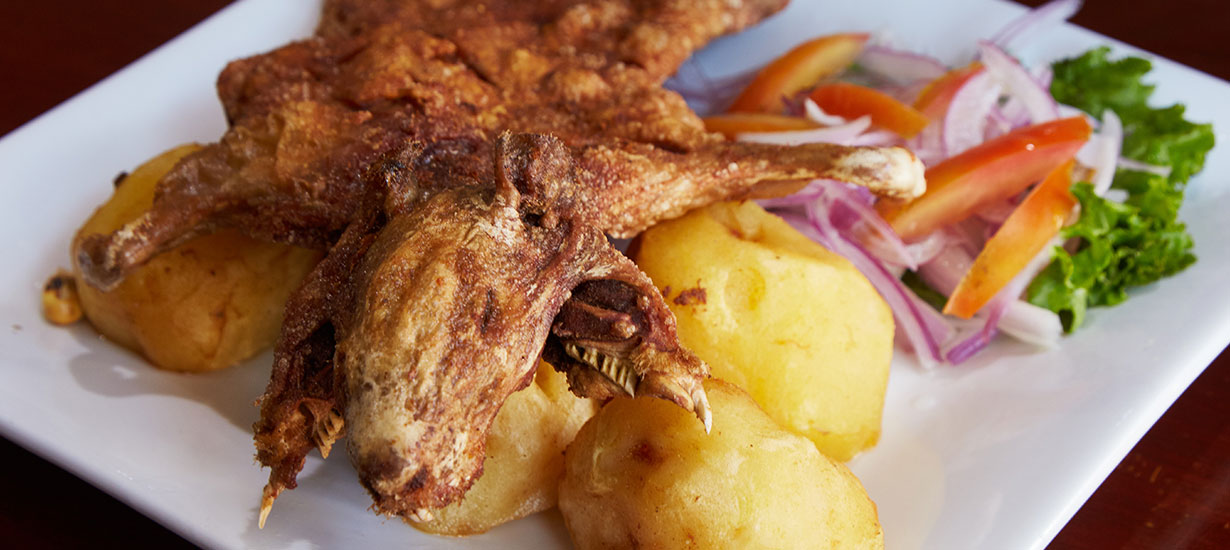 Cuy chactado/ Source: Shutterstock
Cuy chactado/ Source: Shutterstock
2. Cuy chactado: an ancestral delicacy
The guinea pig, a rodent domesticated in the Andes over 3,000 years ago, is a highly nutritious food. One of its most famous preparations is cuy chactado, a dish typical of regions like Arequipa, Apurimac, and Ayacucho. To make it, the guinea pig is seasoned with salt, garlic, and cumin, then flattened and coated with ground corn before being fried. It is then deep-fried in hot oil until the skin turns crispy. Traditionally served with capchi (a mix of crushed cheese, rocoto chili pepper, and Chinese onion), this dish is commonly enjoyed during festivities and family gatherings, symbolizing abundance and well-being.
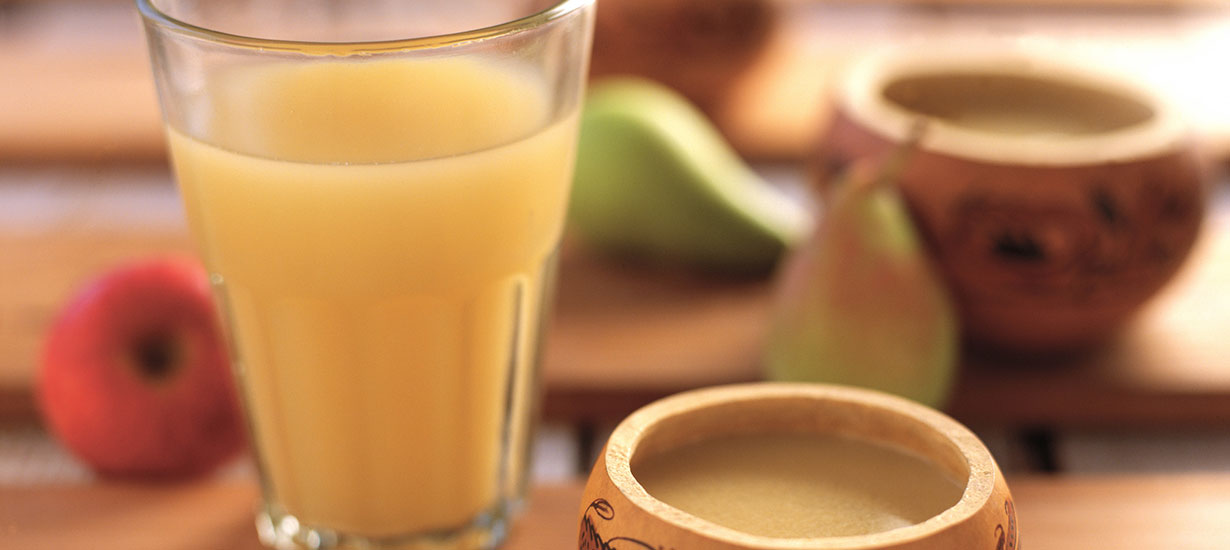 Chicha de Jora/ Source: PROMPERÚ
Chicha de Jora/ Source: PROMPERÚ
3. Chicha de jora: The drink of the inkas
Chicha de jora is a fermented beverage made from malted corn, with origins dating back to pre-Inka times when it was used in religious ceremonies and festivities. To prepare it, the corn is allowed to germinate, then dried, ground, and boiled with water before fermenting for several days in clay jars. Today, it remains a staple in the Andes, enjoyed on its own or used in traditional dishes like adobo, as well as for toasting during celebrations.
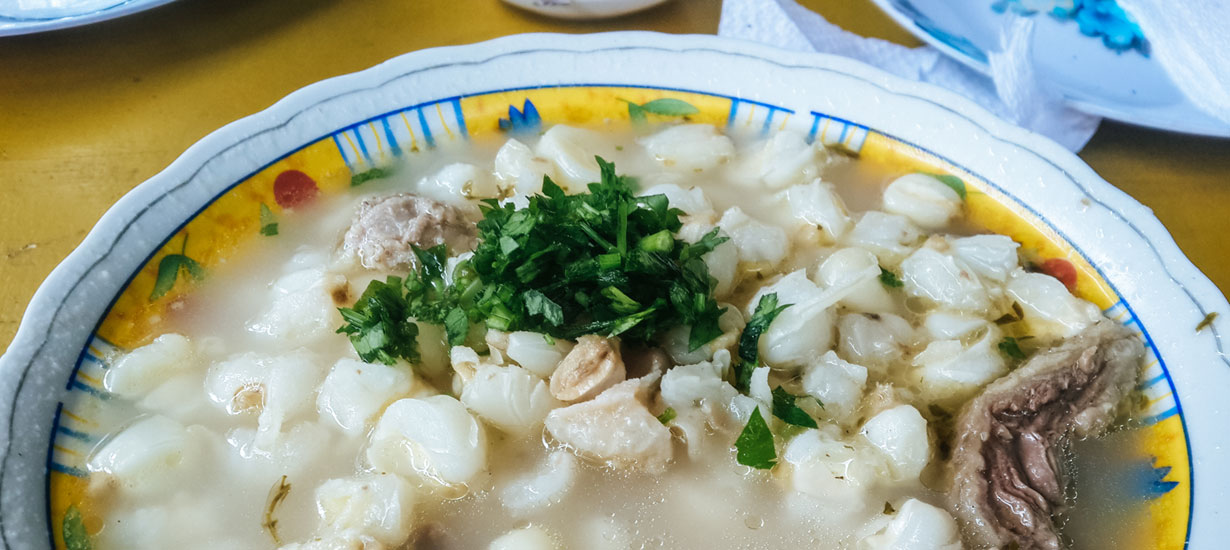 Patasca/ Source: PROMPERÚ
Patasca/ Source: PROMPERÚ
4. Patasca: Soup with history
Patasca, also known as mote soup, is a traditional dish from the Peruvian highlands, especially popular in regions like Ayacucho, Cusco, and Puno. This hearty soup is made with hominy, beef or pork, potatoes, mint, and Andean spices. The preparation begins by cooking the hominy until it bursts, giving the soup its distinctive texture. The meat is then added and simmered, followed by the potatoes and seasonings, creating a thick, aromatic broth. Perfect for cold days, patasca is often served as a hearty breakfast at fairs and festivities, valued for its high energy content.
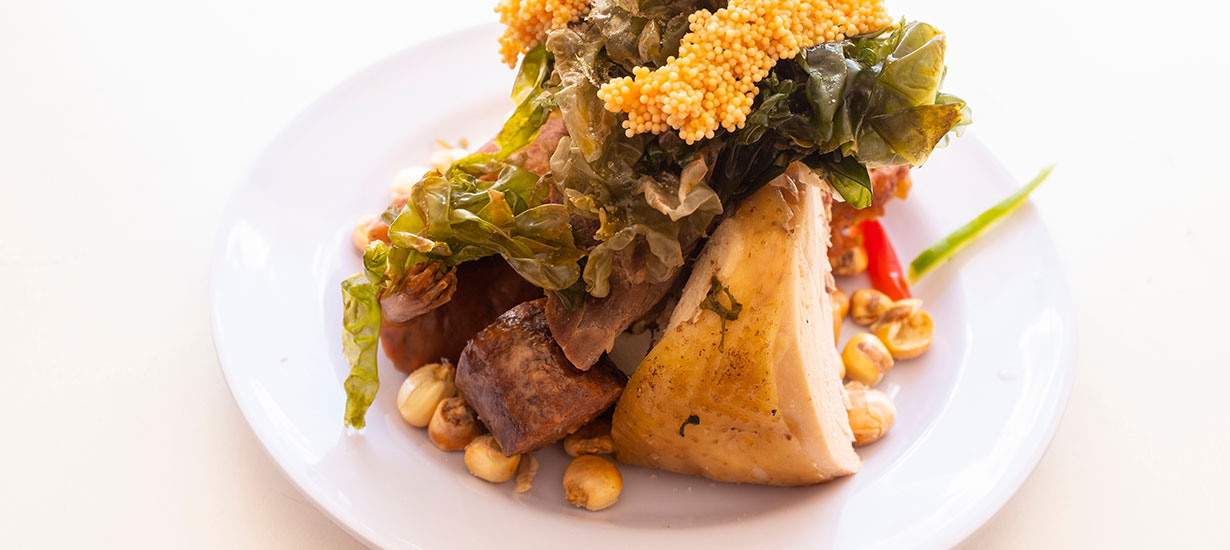 Chiri Uchu / Source: Shutterstock
Chiri Uchu / Source: Shutterstock
5. Chiri Uchu: A fusion of history and flavor
This iconic dish from Cusco is traditionally enjoyed during Corpus Christi. It features roasted guinea pig, boiled chicken, and chalona (dried lamb meat), accompanied by chorizo, Andean cheese, Andean corn, a fried egg, red pepper strips, and cochayuyo seaweed. A corn and pumpkin tortilla is also prepared. Served cold, it is best enjoyed by combining different flavors in each bite for a true taste of tradition.
In this way, these dishes connect us to the history and traditions of our ancestors. These flavors remain alive today, preserving their essence and delighting those who seek to experience authentic Peruvian cuisine.

